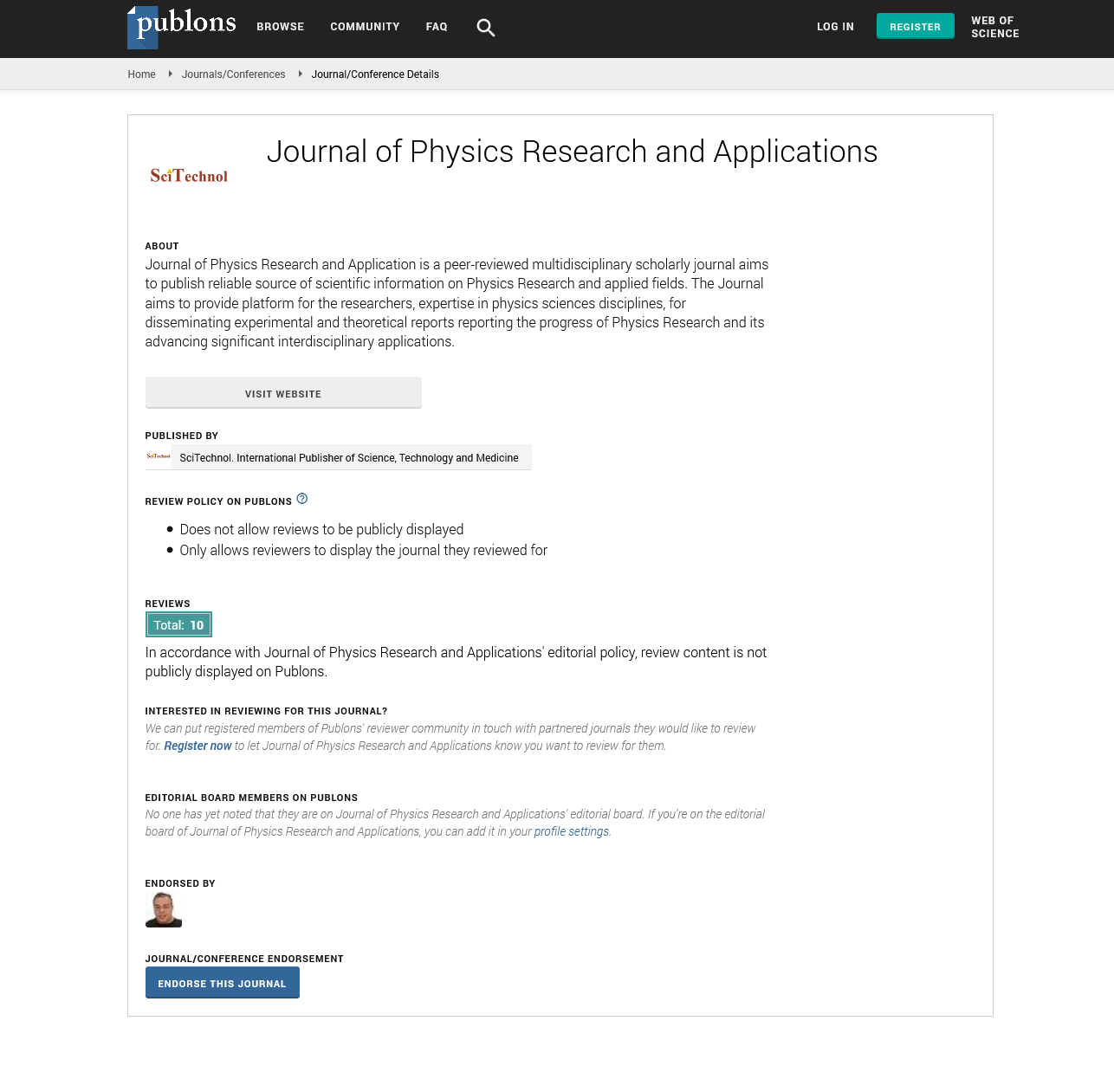Complexity in life history traits of fish species
Iki Murase and Kei ichiro Iguchi
Nagasaki University, Japan
: J Phys Res Appl
Abstract
In ectotherms, low temperature generally decreases its growth rate and increases the length of its growth period. The thermal environmental gradients such as those across latitudes, would have the influence similar to temperature on life history traits of ectotherms. In fact, latitudinal clines in life history traits is widely known in ectotherms such as insects. In fish species, the geographic variation in alternative life strategy was reported in fish species, but, few studies have examined the latitudinal variation in life history traits such as body size. The ayu Plecoglossus altivelis altivelis is one of the most important species in inland fisheries of Japan. This species is distributed across wide latitudinal range from northern Vietnam to northern Japan, and it is very common over Japanese Archipelago. The abundance of ayu has started to decrease since 1992, and for effective conservation and management, it is needed to examine detail information of ecology of this species. The ayu has an amphidromous life form migrating between sea and rivers with its life span. In the case of ayu, larvae hatch in rivers and drift downstream toward sea for growth. Juveniles then begin upstream migration and grow in rivers until the spawning season This species have one-year life span and they die after the reproduction. In this species, the timing of upstream migration and reproduction is triggered by water temperature and day length, respectively. Considering this, the life history traits may vary with latitude according to the gradient of environmental factors. In the present study, we examine the variation in life history traits (i.e., timing of upstream migration and reproduction, growth rate, length of growth period, and body size) of ayu collected over Japanese Archipelago. As a result, we found clear latitudinal clines in those life history traits. Additionally, we also found the difference in latitudinal patterns of body size from two sides of the Japanese Archipelago (i.e., the Sea of Japan and Pacific Ocean). The difference might be affected by the variation in water temperature and prey availability between the two waters. Our result proposed that we need to consider the intraspecific variation in life history traits in order to conserve this fish species.
Biography
Iki Murase is a PhD student of Nagasaki University, Japan. She obtained master degree in agriculture from The University of Tokyo, Japan. Her research concentrates on the geographic variation in life history traits of fish species. She also interested in behavioral ecology and reproductive biology of fish.
E-mail: iki.murase@gmail.com
 Spanish
Spanish  Chinese
Chinese  Russian
Russian  German
German  French
French  Japanese
Japanese  Portuguese
Portuguese  Hindi
Hindi 
